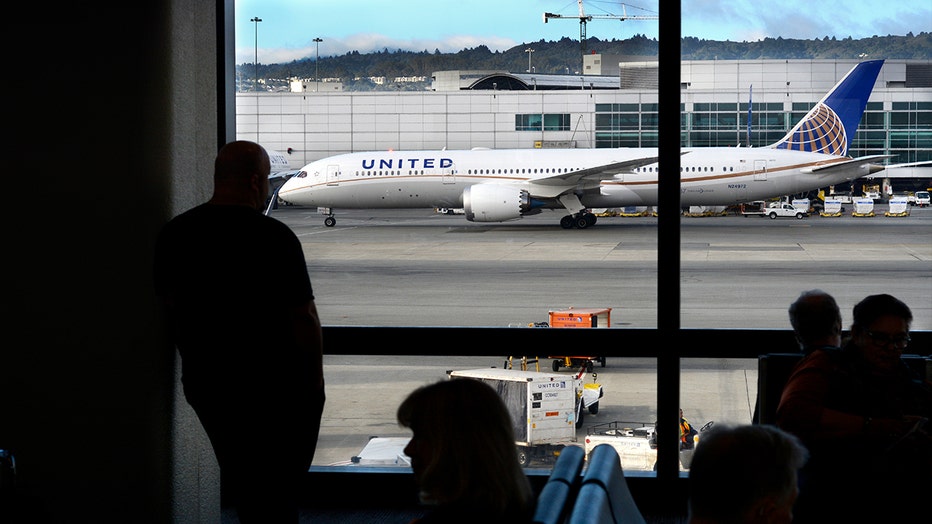International travelers are taking fewer trips to the US, downtrend predicted to last until 2022

Lull in international travel to the US expected to persist until 2022
International travel to the U.S. fell 0.8 percent in June as compared to a year ago.
WASHINGTON, D.C. - The United States has faced a lull in international visits in recent years, and a new report from the U.S. Travel Association reveals that the downturn will likely persist until 2022.
International travel to the U.S. fell 0.8 percent in June compared to a year ago, and six-month international inbound travel growth is predicted to remain negative (-0.2 percent) for the first time since September 2015. This means that the rate of international visits to the U.S. is expected to stagnate or decrease in the next six months.
RELATED: ‘Gunfire incidents everywhere': Countries issue travel alerts for US after mass shootings
Over the past four years, the percentage of global long-haul travel coming to the U.S. has steadily declined. In 2015, trips to the U.S. made up 13.7 percent of all global travel, but that number fell to 11.7 percent last year.
A drop of two percentage points may not sound like a lot, but it equates to 14 million less international visitors, which caused the U.S. economy to miss out on $59 billion in traveler spending, according to USA Today.
By 2022, the U.S. share of global travel is predicted to dip even lower — down to 10.9 percent.

FILE: A United Airlines Boeing 787 Dreamliner airplane taxis at San Francisco International Airport in San Francisco, California. (Robert Alexander/Getty Images)
The U.S. Travel Association, a national nonprofit that aims to increase travel to and within the U.S., teamed up with Oxford Economics, an independent global advisory firm, for the report. Data was pulled from the Department of Homeland Security’s Advanced Passenger Information System (APIS), as well as a range of international agencies that track non-resident air travel to the U.S. by country of origin.
When it comes to the cause of this slump in international travel, the report points to several contributing factors.
“Soft global economic activity, the continued strength of the U.S. dollar, prolonged and expanding trade tensions and uncertainty surrounding the Trump administration remain major risks to international traveler sentiment,” the report summarized.

